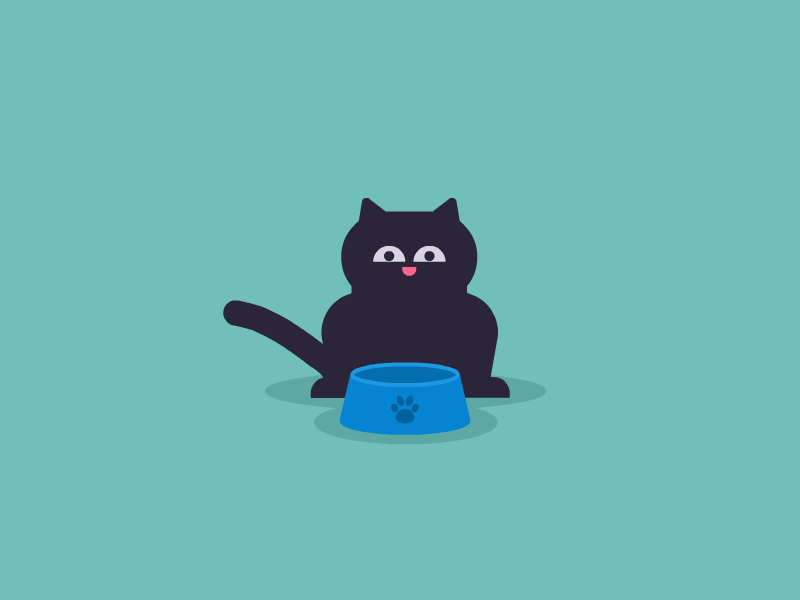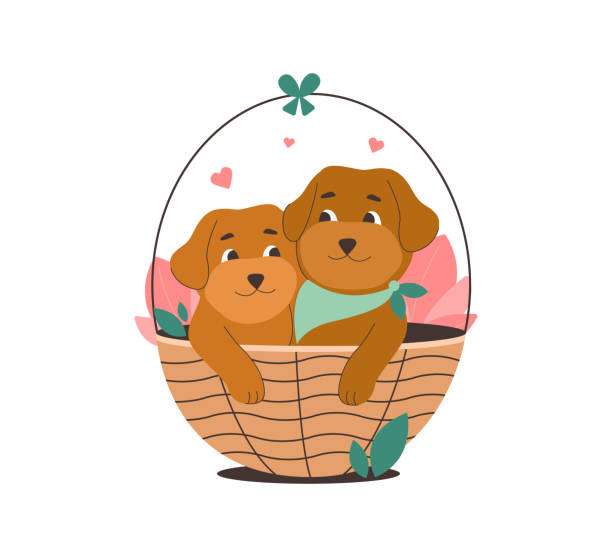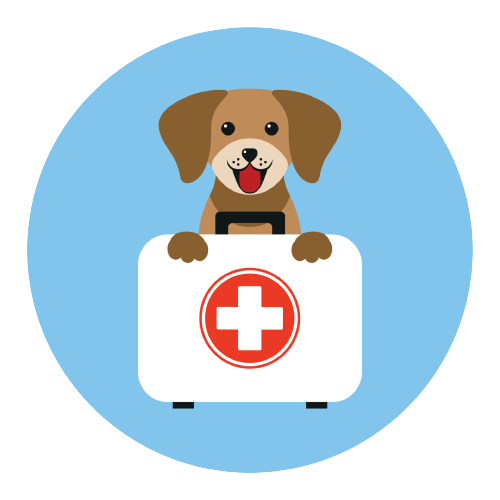Cat Food, Nutrition and Beyond
“Right Food for pets great gut health”
Confused About what to Feed Ms. Kitty??
Brought home a new little munchkin, those tiny Whiskas and moist nose, little soft paws and adorable, curious eyes, oh it just melts our hearts and makes us to decide to give our Feline star the best of all in everything from Lifestyle, to choose of toys & treats and of course the most Crucial part, Food.
While it comes to choosing the best food for your Furrstar you may come across a zillion of options to choose from in the market, some suggest to Feed Home made fresh food, some suggest dry food and some Wet Food leading to a confusion of which is the better option?? Choosing Food is a very important and just any food but a Nutritional and well-balanced food option is crucial.
Woah now that seems like a lot of work and research, right? Worry Not, we’ve got it all covered for you in this Article.
What food Should cat Eat?
As you begin your search for kitten food, you will need to decide if you want to feed wet food, dry kibble, or both.
The gold standard is to feed a wet food that is low in carbohydrates and high in protein. Cats are obligatory carnivores, meaning they need animal protein to survive and thrive. They have no need for plant-based foods. Cats also need moisture in their diets to keep them well-hydrated. Excess carbohydrates and too little moisture can lead to a variety of health issues later in your cat’s life. Starting your kitten off with the optimal diet is the best way to get ahead of the issues. Simply put, wet food is better for your cat’s health and longevity. While less convenient and often more expensive than dry food, you will find it is worth it in the long run. In fact, many vets now prefer cats to be on a more affordably-priced canned cat food than one of the higher-priced, “premium” dry foods found in pet boutiques.
There are several different types of commercial cat food available for purchase, including dry, canned, and raw. These are markedly different in composition to dry, canned, or raw dog foods.
Many experts now recommend feeding some or all wet cat food to help maintain hydration, minimize carbohydrate intake, and promote a healthy urinary tract. Cats do not need carbohydrates to thrive and cat food is generally considerably lower in this macronutrient than dog food.
In fact, a high carbohydrate intake in cats is associated with diabetes and obesity. In addition, cats don’t tend to drink enough water to stay well-hydrated, this can lead to problems with the urinary tract and kidneys.
Despite the reported benefits of wet food, some cats prefer dry food and will not eat enough wet food to stay healthy. Some cats even become addicted to dry food and need to be gradually transitioned to wet food for health benefits. You can also reach out to Our veterinary nutritionist can help you decide if your cat needs to begin eating wet food rather than dry kibble.
How to Choose Healthy Cat Food Brands?
Now you decided on a certain food type for your feline friend, but which brand will be best? What are things to look for in cat food? How can you know you’re picking a healthy option?
To decide on BEST brand of food here are some healthy ingredients to look for:
- A protein source other than meat
- Ingredients that are low on starch
- Ingredients recommended by the Association of American Feed Control Officers(AAFCO)
Remember Cats are Carnivores and require animal protein in their diet in order to obtain adequate nutrition. In recent years, a lot of pet food companies have utilized reading the ingredients in their marketing as a way to prove their wholesomeness to pet owners. The ingredients of a pet food will be listed in descending order of weight, with the first ingredient listed weighing the most and the last weighing the least. This is why a lot of pet foods will have a meat source listed as the first ingredient, because whole meats contain a lot of moisture, which adds weight. Some companies will tell you to steer clear of “meat meal,” “chicken meal,” etc. but the word “meal” just means all moisture has been removed from the meat. This can actually make it a more protein-dense ingredient than the whole source ingredient and may also contain other nutrients, such as glucosamine, to help improve joint health.
Although a food with chicken as the first ingredient may look like a healthy option, if the next several ingredients are more starch-related and less animal protein-related, that might actually be less nutritionally dense than a pet food that has different protein sources. Meat meal and chicken meal have comparable levels of digestibility when compared to one another.
Apart from the type of food you choose to feed your cat, its equally important that your cat is well hydrated and has sufficient intake of Water throughout the Day.
#Pure water is the World’s First and Foremost Medicine
Though Food & nutrition plays a major role in your kitty’s overall growth, Water and ensuring your kitty is well hydrated is also important for her well-being.
Lack of the minimal quantity of any fluid intakes, especially water Typical recommendations are that a cat requires about 50 mL of water per kg of bodyweight daily so this translates into 200-250 mL per day for a cat weighing 4-5 kg. This water requirement can be covered by the intake of “free water” from liquids and food, or from “oxidation water” produced by metabolism.
If your kitty’s diet comprises of wet food that has an 80% water content (again at an average requirement of 250-300 g), then the fluid requirement can be fully covered. In the case where your cat is more in love with a dry diet which contains a maximum of 10% moisture, cats must drink additional water to meet their needs. Most studies on this topic conclude that when cats are fed only dry food, they consume less water in total and it is therefore often proposed that feeding mainly or only dry food is a risk factor for kidney and urinary tract disease and that a lack of fluid intake can be a predisposing cause.
Now that was all about what should be included in cats’ food, its major components essential for a healthy diet for your feline friend. Likewise, it is also important to be well aware of ingredients which are harmful and must be avoided in cat food.
Cat Food Ingredients to Avoid
It is important that you make it a habit to read the ingredient label before purchasing cat food, there are things to look for and things to avoid. To help point the way to healthier types of quality cat food, experts and advocates say there are three things to avoid. These are chemical preservatives, meat by-products, and carbohydrate fillers.
#BHT, BHA, and Ethoxyquin
Chemical preservatives like butylated hydroxytoluene (BHT) and butylated hydroxy anisole (BHA) are very effective at preserving dry cat food but are suspected to be potentially cancer-causing agents. These chemicals are often added to oils and fats. They have been found to cause kidney and liver damage in rats, according to the National Centre for Biotechnology Information and the National Library of Medicine.
In fact, outside of its purpose as an antioxidant for certain spices, ethoxyquin is illegal to use in human foods in the U.S. and is extremely harmful when directly swallowed or touching the skin. Many pet food manufacturers have moved toward using more “natural” preservatives, such as Vitamin C and E.
#Meat By-products
There is also meat meal, a mysterious meat by-product, and concentrate meal. Meat meal and other meals are generally produced by rendering, a process that raises a red flag for cat enthusiasts. Leftovers of meat used in this type of rendering often aren’t fit for human consumption. The rendering process alters or destroys natural enzymes and proteins. The meal is a highly-concentrated protein powder that is often low in quality and inferior by nature.
#Corn Meal and Carbohydrate Fillers
Excess carbohydrate “fillers” is not good for cats. Dry food can contain as much as 50 percent grain. Older cats and cats with diabetes can be fed grain-free food, as long as the carbohydrate content is limited. Wheat gluten can also be problematic as it’s a cheaper alternative to muscle meat protein and whole-grain options. Some pet food can contain melamine, which in combination with cyanuric acid, also found in pet foods, can cause kidney stones and kidney failure, according to the World Health Organization.
How Often Can I Feed My Cat??
Lastly, it is important to know how often the feline buddy should be fed in a day. It is believed in wilds, cats ate small meals throughout the day. They would hunt on a mouse or a bird and a lizard later in the day. They did not have large options to simply feast on when they felt hungry and to work a lot for their food throughout the day.
But when domesticating a cat, the scenario is different, A cat should be fed high-protein, in case you are feeding her canned food or wet food, 170 grams of wet or canned cat food can be fed as several small meals throughout the day. It may sound complicated but will help in easing the digestion process of your kitty. Aligning it to your daily routine, you can feed her in the morning when you wake up and sipping a morning coffee, next meal in when you get home from work, and then provide a tummy full meal, before she gets in her bed. That makes 3 full meals per day.
If Dry food is your cats favourite choice of food, try feeding a high protein diet and feed small meals similarly to how you would feed canned or wet food. Adult cats should eat about half a cup of food per day. That will be more consistent with how their bodies were designed to eat.
#Warning on Free Feeding
Sometimes, you may just feel tired or may have a busy day at work and may not be able to follow the Three meals a Day routine and end up leaving food out throughout the day or for long hours. This can lead to problems especially if you have a cat that does not know when to stop. Over Feeding or Free Feeding can lead to obesity and conditions associated with obesity. It is best to make food available for 20-30 minutes and then pick it up if your cat does not eat it, another option is using Pet food dispensers available in markets.
If your cat has left some food behind that could be an indication that the food is too much to contain her tummy and she is overfed.
Still have any questions or concerns about your cat’s diet? No worries, our veterinary experts are just a call away to help you choose best for your pet, always!!
Happy Pet-Parenting



